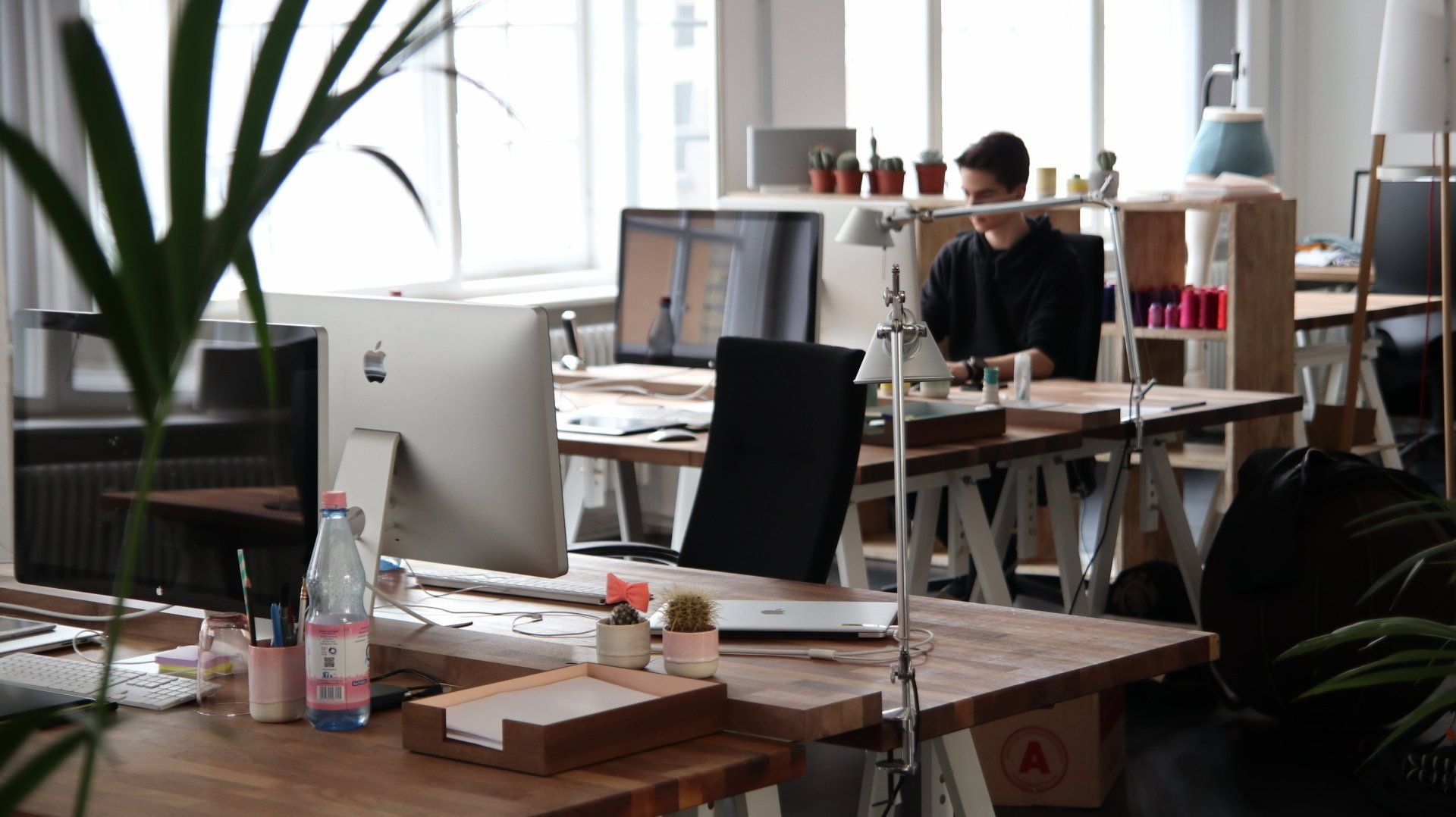We all know how important it is to have a sustainable living environment, but not everyone knows creating a sustainable workplace is a slightly more difficult task. The key is to keep your employees motivated and invested in their work and the company.
A sustainable workplace is about keeping employees happy and motivated to do their work and do it well. So how do you create this type of workplace for your employees? Read on to learn the six steps to building a sustainable workplace.
1. Understand the dynamics of your employees
Your first step to creating a sustainable workplace is to get to know your employees and how they function as teams. Obviously, if you’re running a big company with more than fifty employees, this might be difficult, but you’ll quickly see why just knowing a bit about your different teams can be extremely beneficial.
Try to suss out the strengths and weaknesses of your team. Where do they excel? In what areas could they use a little work? Talk with your teams’ supervisors to get a clearer picture of how each team is managed and how they operate. You’ll be able to lead your teams of employees more effectively when you know how they work together and communicate.
Don’t forget that all of your employees offer something unique. They bring their talents to work every day, and it’s up to you to harness those talents and make sure they’re tested every day.
It’s important for you to understand that all of your employees are different, no matter how alike they may seem. From their cultures to their family lives, your employees have diverse needs and their experiences shape how they perceive work, the company and their position.
2. Set expectations
The next goal is to make sure that all of your employees are aware of the company’s expectations. This applies to their daily routines, such as start and end times, and to the prospects of the company.
No matter how big your company is, you should have some sort of employee handbook that sets company standards for all practices at work. For example, you should have a designated start time in the morning and an end time at night. You should also outline a dress code and list consequences if someone comes to your office wearing shorts or an offensive t-shirt.
Be sure to inform your employees about the goals of the company. If your employees feel like they have a personal stake in the company, they’ll be more willing to push themselves to the limits in order to deliver the best results. They’ll also be more loyal to your company.
3. Create a challenging environment
Fast food restaurants have one of the highest turnover rates of nearly any industry. Why? Well, what’s so challenging about flipping a burger or scooping ice cream? A monotonous environment drives away talented employees away and almost forces them to seek creative challenges elsewhere.
A sustainable workplace is challenging to its employees. Every day there are new problems arising that need creative and inventive solutions. No task is ever handled in quite the same way, and employees are encouraged to find innovative solutions to their problems.
While no one wants to work around the clock, don’t assume that your employees don’t enjoy what they do. Create an environment that gets them excited to come to work and you’ll see happier employees and more productivity.
4. Take advantage of development resources
When technology changes or new updates on old systems come out, it’s important for your teams to be as up-to-date and ahead of the curve as possible. This is how you stay in front of your competition by offering goods and services that are modern and relevant to the modern world.
While you might not be able to send your employees back to school for a bachelor’s degree, there are many other schooling options that can be just as beneficial. Many institutions offer certificates and diplomas in variety of subjects. Your copywriters might want to learn basic web coding so they can put text on websites or perhaps your IT department wants to learn about a new computer system.
You can also start programs within your company to foster growth, especially in new employees. Design a mentorship program that pairs a new hire with a veteran of the company. Your new hires will get the very best information from someone who knows the company and the position inside out.
Many employers have their employees join professional networks or bring in industry experts to run workshops and give lectures. Experts can bring new wisdom and advice for young professionals and inspire new thought within your company.
5. Communicate often
Open communication with employees is a must for all companies, no matter what line of business you’re in. Everyone should be aware of how the company is doing in general and what its future plans are.
Do your best to send out emails whenever big news happens. Whether you’re welcoming a new employee or congratulating one on a great sale, it’s best to keep communicating with employees whenever something happens within the company. It makes them feel like they’re in the loop about what goes on around the office.
This is also true about bad news. Rather than blaming one person or department, everyone should shoulder the burden. By being honest with your employees on the state of the company, you’ll motivate them to change their methods and offer new ideas.
6. Have an open, yet respected position as boss
Many employers and bosses struggle with what’s an appropriate level of contact and friendship with their subordinates. On the one hand, you don’t want employees to be scared of you or think that you’re unapproachable. On the other hand, you also can’t be their best friend.
It’s really all about balance. Remember that your employees are looking to you for leadership. You have to follow through with your consequences when employees underperform, and you have to make the tough choices when the company is in trouble.
When it comes to building a sustainable workplace, remember that open communication is the cornerstone. Get to know your employees and try to make them all feel appreciated. Embrace your employees’ new ideas and encourage them to be creative with their solutions. Salary increases won’t always be an option, especially for smaller companies, but timely recognition, caring for their wellbeing and a just-because pizza lunch can go a long way.
Create an environment that fosters creativity and inspires excitement and loyalty. Have a laugh along the way and you’ll have a happy, healthy workforce.






